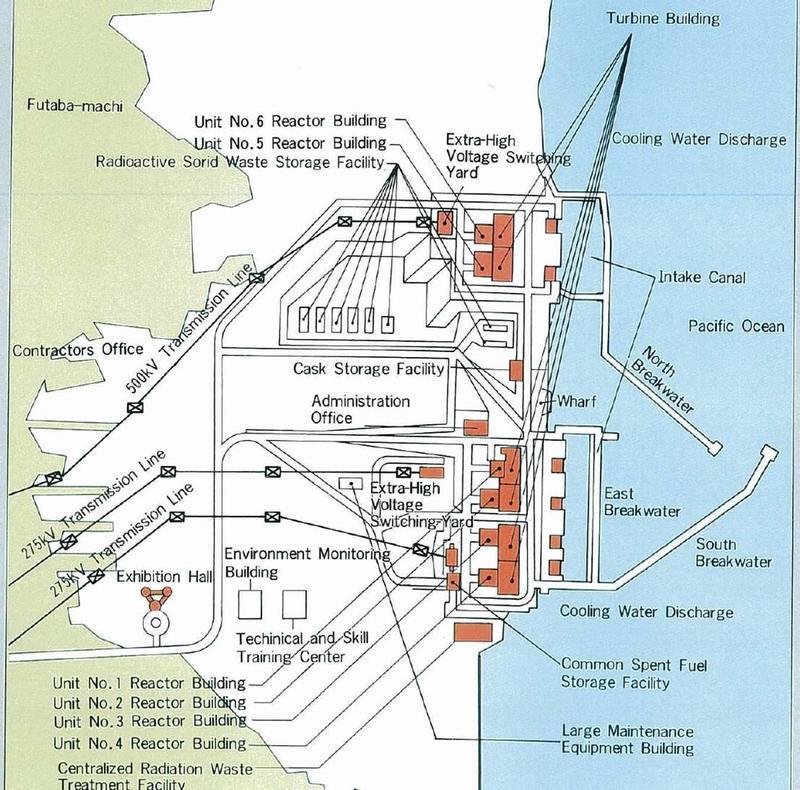TEPCO Proposes 44-Year Plan To Decommission Fukushima No. 2 Nuclear Plant
About a decade ago, a powerful earthquake triggered a 15-meter tsunami that disabled the power supply and cooling of three reactors at the Fukushima Daiichi nuclear power plant.
The accident led to nuclear cores of three reactors to meltdown, causing widespread radiation release, along with the evacuation of thousands of people within a 30-kilometer radius.
Tokyo Electric Power Company Holdings Inc. (TEPCO) is the operator of the nuclear power plant, released a statement last week detailing how it would take 44 years to decommission Fukushima No. 2 nuclear plant, reported The Japan Times.
Fukushima No. 2 plant is South of No.1 and North of No.3, which suffered a catastrophic triple meltdown in the March 2011 incident.
TEPCO outlines how the decommissioning process will be conducted in four phases: taking ten years for phase one, 12 years for phase two, and 11 years for both phase three and four.
“TEPCO will survey radioactive contamination at the nuclear plant in the first stage, clear equipment around nuclear reactors in the second, remove the reactors in the third and demolish the reactor buildings in the fourth,” the Times said.
By the end of phase four, so approximately 2064, a total of 9,532 spent nuclear fuel units from the plant will have been delivered to a local fuel reprocessing plant.
Japan’s Economy and Industry Ministry proposed last month that TEPCO could gradually release massive amounts of treated but still radioactive water being stored at the power plant.
In a December 2019 proposal, the ministry suggested a “controlled release” of the contaminated water into the Pacific. Another option via the ministry was allowing the radioactive water to evaporate, or a combination of the two methods.
The government is stepping up the pressure on TEPCO to do something as Fukushima’s ‘radioactive water crisis’ worsens. The problem is that TEPCO is running out of room to store the contaminated water.
But the ministry insisted that the controlled release of the contaminated water into the sea would be the best option because it would “stably dilute and disperse” the water from the plant, while also allowing the government and TEPCO to more easily monitor the operation.
And as we have reported, the Japanese fishing industry isn’t the only party that objects to the government’s plan. South Korea has also complained to the International Atomic Energy Agency (IAEA).
The Fukushima nuclear disaster is nowhere close to being resolved. Reactors released iodine-131, cesium-134, and cesium-137. Cesium-137 has a half-life of 30 years.
Tyler Durden
Sat, 01/25/2020 – 23:30
via ZeroHedge News https://ift.tt/30UbmKS Tyler Durden
